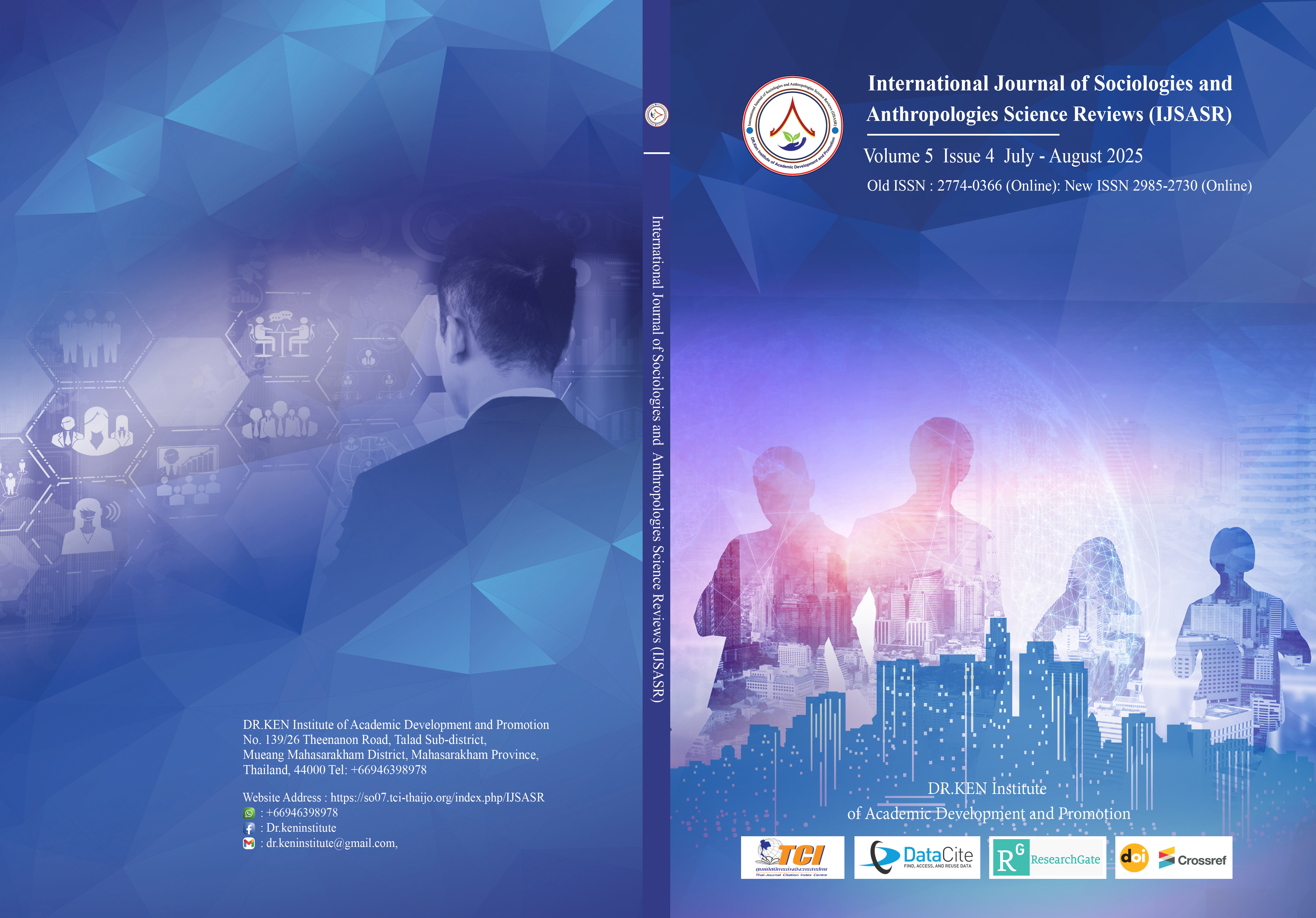Analysis of the Adequacy of Undergraduate Education in Preventive Medicine and Its Influencing Factors
Main Article Content
Abstract
Background and Aim: The cultivation of competencies among preventive medicine undergraduates is essential for developing high-quality public health professionals, especially in the context of China's Healthy China 2030 initiative. However, disparities in competency development persist due to factors such as gender, family background, and economic conditions. This study aims to assess the adequacy of competency cultivation among preventive medicine students in a local medical college, identify influencing factors, and provide insights for optimizing medical education strategies.
Materials and Methods: This study utilized data from the China Medical Student Training and Development Survey (CMSS), targeting 569 preventive medicine undergraduates. The structured questionnaire measured competency adequacy across four dimensions: scientific and academic ability (5 items), clinical/practical ability (3 items), health and social responsibility (3 items), and professional quality (9 items). Responses were collected using a 5-point Likert scale, with higher scores indicating greater adequacy. Data were analyzed using SPSS 26.0, employing descriptive statistics, independent t-tests, one-way ANOVA, and regression analysis to explore influencing factors.
Results: The overall competency adequacy scores ranked as follows: health and social responsibility (3.72) > professional quality (3.70) > scientific and academic ability (3.56) > clinical/practical ability (3.52). Male students scored higher in clinical/practical ability (P < 0.05), while urban students outperformed rural students in multiple dimensions. Students with medical family backgrounds, higher family income, and a career aspiration in medicine demonstrated significantly higher competency adequacy scores (P < 0.05). Economic pressure negatively affected competency development, and financial aid showed a limited impact on improving competency adequacy.
Conclusion: The findings highlight imbalances in competency development, particularly in clinical/practical ability. Gender, urban-rural disparities, financial conditions, and career aspirations significantly influence competency adequacy. To bridge these gaps, medical education reforms should enhance practical training, provide targeted support for disadvantaged students, and optimize interdisciplinary learning opportunities. Future studies should further explore tailored interventions to improve competency development in preventive medicine education.
Article Details

This work is licensed under a Creative Commons Attribution-NonCommercial-NoDerivatives 4.0 International License.
Copyright on any article in the International Journal of Sociologies and Anthropologies Science Reviews is retained by the author(s) under the under the Creative Commons Attribution-NonCommercial-NoDerivatives 4.0 International License. Permission to use text, content, images, etc. of publication. Any user to read, download, copy, distribute, print, search, or link to the full texts of articles, crawl them for indexing, pass them as data to software, or use them for any other lawful purpose. But do not use it for commercial use or with the intent to benefit any business.

References
Armstrong-Mensah, E., Ramsey-White, K., & Alema-Mensah, E. (2019). Integrative learning in US undergraduate public health education: A review of student perceptions of effective high-impact educational practices at Georgia State University. Frontiers in Public Health, 7, 101.
Fang, X., Fan, Y., & Ye, D. (2024). Building on an interdisciplinary curriculum teaching system to enhance the quality of training high-level public health talents. Chinese Journal of Disease Control, 28(12), 1365–1372.
Jin, Y., & Zhou, L. (2023). Exploration of the training model for high-level applied public health talents based on OBE theory. Chinese Higher Medical Education, 7, 17–19.
Nelson-Hurwitz, D. C., Arakaki, L.-A., & Uemoto, M. (2017). Insights in public health: Training today's students to meet tomorrow's challenges: Undergraduate public health at the University of Hawai'i at Manoa. Hawai'i Journal of Medicine & Public Health, 76(3), 89–93.
Shao, J., Hu, B., Ren, X., Zhou, L., Li, Y., Han, Y., & Lin, F. (2024). Exploration of preventive medicine talent training strategies based on job competency in the new era of public health. Health Vocational Education, 22, 142–145.
Xiao, H., He, Q., Chen, N., & Mao, Z. (2013). Practical exploration of cultivating new public health talents with an international vision. The Chinese Journal of Social Medicine, 30(3), 165–167.
Zhang, H. (2022). New Planning for the Development of Health Talents. China Health Talents. 12, 18-20.
Zhang, L., Pei, H., & Niu, J. (2019). The development of healthy Chinese core majors under the guidance of "Healthy China." University Laboratory Science and Technology, 3, 29–31.
Zhong, B. (2013). Reform of Talent Cultivation Models is the Core of Connotative Construction in Higher Education Institutions. Higher Education Research. 11, 71-76.






